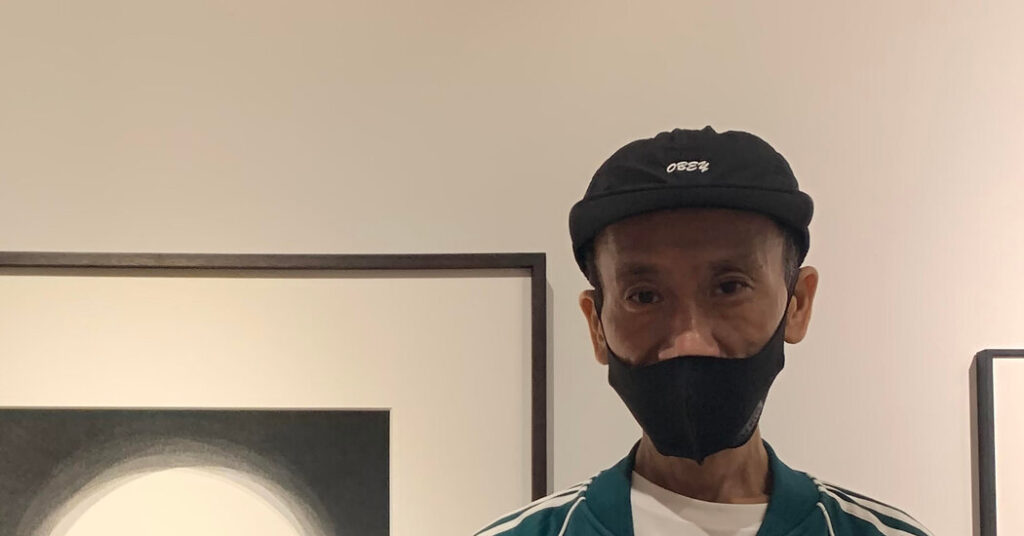[ad_1]
This piece is one of 10 winners of our 2022 Profile Contest. You can find more here. Nathan Ko, the author, is 17 and goes to the The Loomis Chaffee School in Windsor, Conn.
Told He Had Six Months to Live, He Opened an Art Exhibit
By Nathan Ko
In 2019, the South Korean photographer Kim Gyoo-sik was recognized as an artist of the year by the Korean company KT&G. He modestly describes his popularity prior to this recognition as a “small group of committed fans.”
During his rising fame, doctors diagnosed him with late-stage gastric cancer. After they told him he had six months to live, he claimed his life insurance policy and set out to live the rest of his life to the fullest. He opened his art exhibit in 2021 not only to explore abstract images through photography but also to find meaning during a time of hardship.
The following interview has been translated from Korean and edited for clarity.
Tell me about yourself.
I’m a photographer who uses gelatin silver print, basically black-and-white photography. Most contemporary artists no longer use this medium.
The complicated, slow and restricted process of black-and-white photography is inconvenient. I was curious about the contemporary changes occurring in the photo production process. Thus, in my latest series, I focused on each production stage, highlighting the role of black-and-white photography in contemporary art. My work is considered relatively unconventional, which has allowed me to receive positive attention.
At the highest point of your career, you were diagnosed with cancer. Your suffering worsened due to the pandemic. I can only imagine the range of emotions you felt.
When I was given six months to live, I was miserable. I’ve had many fevers during my battle with cancer. At the beginning of the pandemic, concerns about Covid-19 symptoms, such as fevers, meant that I missed out on chances for desperately needed treatment.
I initially thought that preparing for my solo exhibition would be more fruitful than continuing chemotherapy, as the treatment felt painful and insufficient. Then, a friend of mine who is a surgeon convinced me to undergo surgery that many hospitals didn’t endorse at that time. The operation was incredible, and at the end of the seven-hour procedure, all of the doctors in the room applauded. Thanks to the surgery, I’m still here.
New Developments in Cancer Research
Progress in the field. In recent years, advancements in research have changed the way cancer is treated. Here are some recent updates:
Living in the face of death, what makes you keep going, and what does life mean to you?
People often say, “If I didn’t have much time left to live, what would I do?” Yet this was my reality. An artist never knows what a comfortable life means. I thought working through the last days of my life might not be a comfortable end to life, but it would have a happy, meaningful ending.
Ultimately, I thought that I had to finish the work I had originally planned to reach a state of fulfillment. After my solo exhibition, I essentially lived in my bed due to side effects from treatment. Yet at the same time, I’m thinking of ideas for my next project. Our desires are endless!
Additionally, life is too short to waste. I spend more time with my wife now, as what I can leave behind for my loved ones are memories.
What surprises you in your work?
That an object or a world in your head can become realized in a photo. That process of real and accurate representation always fascinates me and gives me a feeling of sheer excitement.
Any other lessons you can pass on?
During my battle with cancer, I had the realization that life is finite and that there are infinite ways we could die. The meaning of the words infinite and finite is hard to grasp in everyday life. It is important not to be influenced by what other people say. Choose your finite way to live a good life.
[ad_2]

